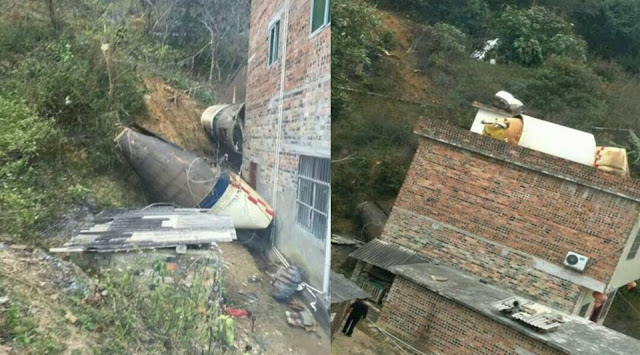

“The Chinese are right that the best bet is that it will fall in the ocean,” he said, although “there are plenty of populated areas” within the rocket booster’s range.


That booster is now “dead” and beyond the control of the Chinese space agency, said Jonathan McDowell, an astrophysicist at the Center for Astrophysics, which is operated by Harvard University and the Smithsonian Institution. “It is critical that China and all space faring nations and commercial entities act responsibly and transparently in space to ensure the safety, stability, security, and long-term sustainability of outer space activities.”Ĭhina’s most recent launch, which sent a module to the nation’s space station, included a booster to put the spacecraft into orbit. Possible re-entry locations lie anywhere along the blue and yellow ground track.“It is clear that China is failing to meet responsible standards regarding their space debris,” NASA Administrator Bill Nelson said that month. William Harwood contributed to this report. Similarly, when Skylab re-entered in 1978, debris fell over Western Australia, but no injuries were reported. When 200,000 pounds of spacecraft broke up over Texas, a significant amount of debris hit the ground, but there were no injuries. The most significant re-entry breakup over a populated area was the shuttle Columbia, which entered in February 2003. In May of last year, another Long March-5B rocket fell into the atmosphere, ultimately landing near the west coast of Africa. In 2018, Tiangong 1, China's defunct space station, made an uncontrolled re-entry and landed somewhere in the Pacific Ocean. The China National Space Administration has faced issues with re-entry in the past. Psaki said that it is "in the shared interests of all nations to act responsibly in space to ensure the safety, stability, security, and long-term sustainability of outer space activity." rockets (and most others) routinely fire their engines to target re-entries over the southern Pacific to ensure debris can't land on populated areas." "Why the Chinese rocket is coming down uncontrolled is not at all clear," Harwood said. However, as one of the largest spacecraft to ever re-enter uncontrollably, there is still a risk that debris will land in a metropolitan area.Įarly Thursday morning, the CBS News team in Washington, D.C., spotted reported remnants of the rocket, appearing faintly as a tiny, pulsating light, over the nation's capital. Most likely, it will land in the ocean, which makes up over 70% of the planet, or in an uninhabited region. It has the potential to land in the U.S., Mexico, Central America, South America, Africa, India, China or Australia. is committed to addressing the risks of growing congestion due to space debris and growing activity in space, and we want to work with the international community to promote leadership and responsible space behaviors."ĭespite much speculation, no one knows what will happen when the rocket enters Earth's atmosphere, or where the debris will fall. White House Press Secretary Jen Psaki said that "the U.S.

On Thursday, a defense official told CBS News that the rocket is now "projected to fall to Earth on Sunday, but where is still unknown." Defense Secretary Lloyd Austin said there are no plans to try to shoot down the rocket, which would only create more debris. Several other agencies are also tracking its movement. The 18th Space Control Squadron is offering daily updates on the rocket body's location. Space Command Public Affairs, told CBS News earlier this week. Space Command is aware of and tracking the location of the Chinese Long March 5B in space, but its exact entry point into the Earth's atmosphere cannot be pinpointed until within hours of its re-entry," Lt. A Long March-5B Y2 rocket carrying the core module of China's space station, Tianhe, blasts off from the Wenchang Spacecraft Launch Site on April 29, 2021, in Wenchang, Hainan Province of China. Video appeared to show the rocket was still in orbit over Jordan at 10:11 p.m. ET, The Aerospace Corporation said that the "absence of new data sets could indicate #LongMarch5B reentered." It added however that it could not confirm re-entry without "video footage, a decay message or a new data set." The Aerospace Corporation has made a similar prediction.Īs of 10:23 p.m. Space Force officials currently estimate the rocket will re-enter the atmosphere between about 9 p.m. Debris from a large Chinese rocket re-entered Earth’s atmosphere over the Indian Ocean at 12:45 p.m. On Saturday afternoon, the 18th Space Control Squadron, which tracks more than 27,000 man-made objects in space, narrowed its prediction to one orbit that includes Costa Rica, Haiti, Iberia, Sardinia, Italy, Greece and Crete, Israel, Jordan, Saudi Arabia, Australia and New Zealand, according to astronomer Jonathan McDowell, who has been tracking the rocket's movement.


 0 kommentar(er)
0 kommentar(er)
